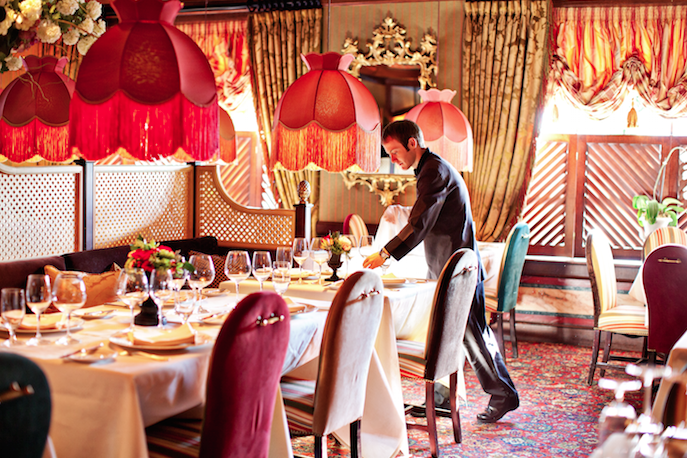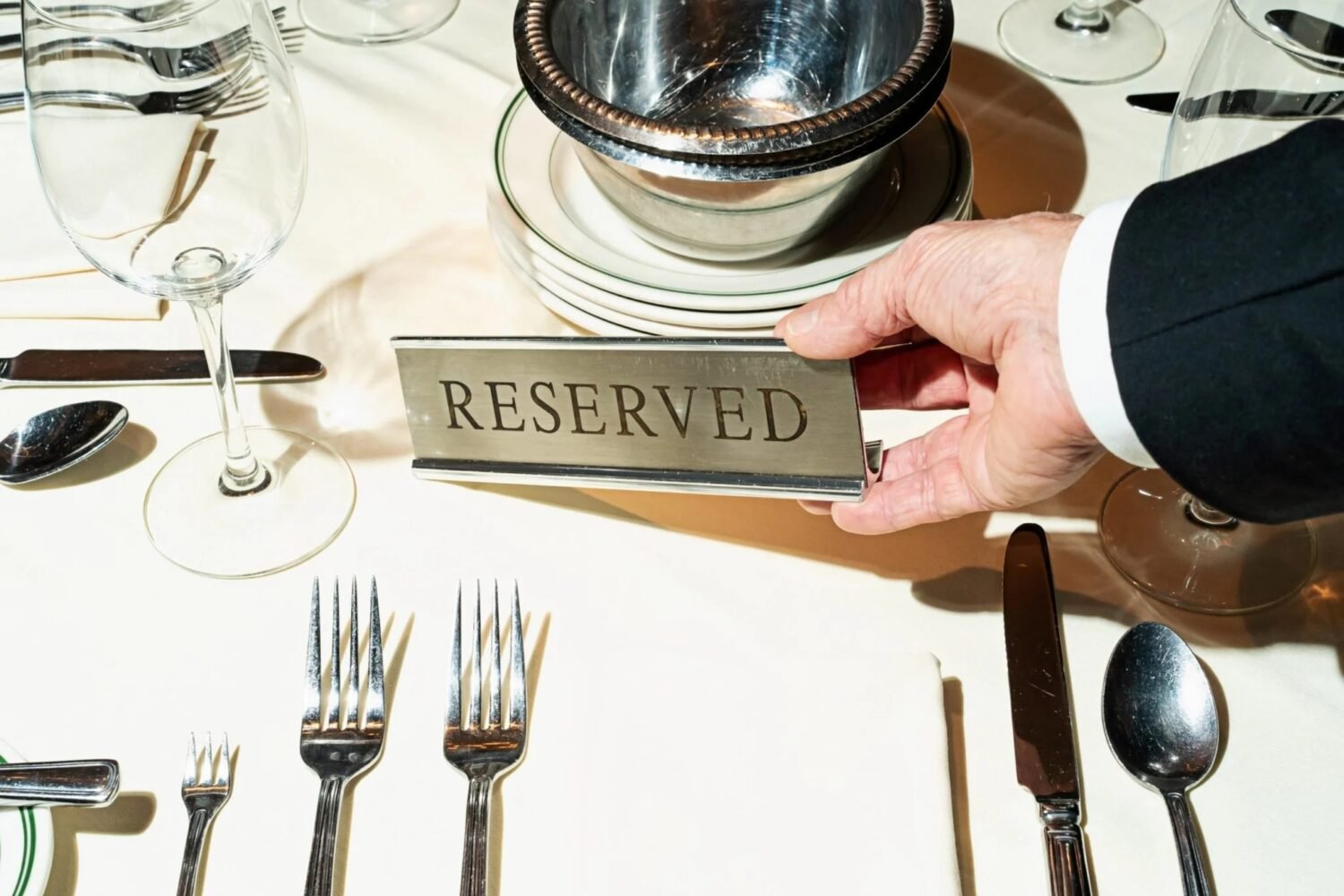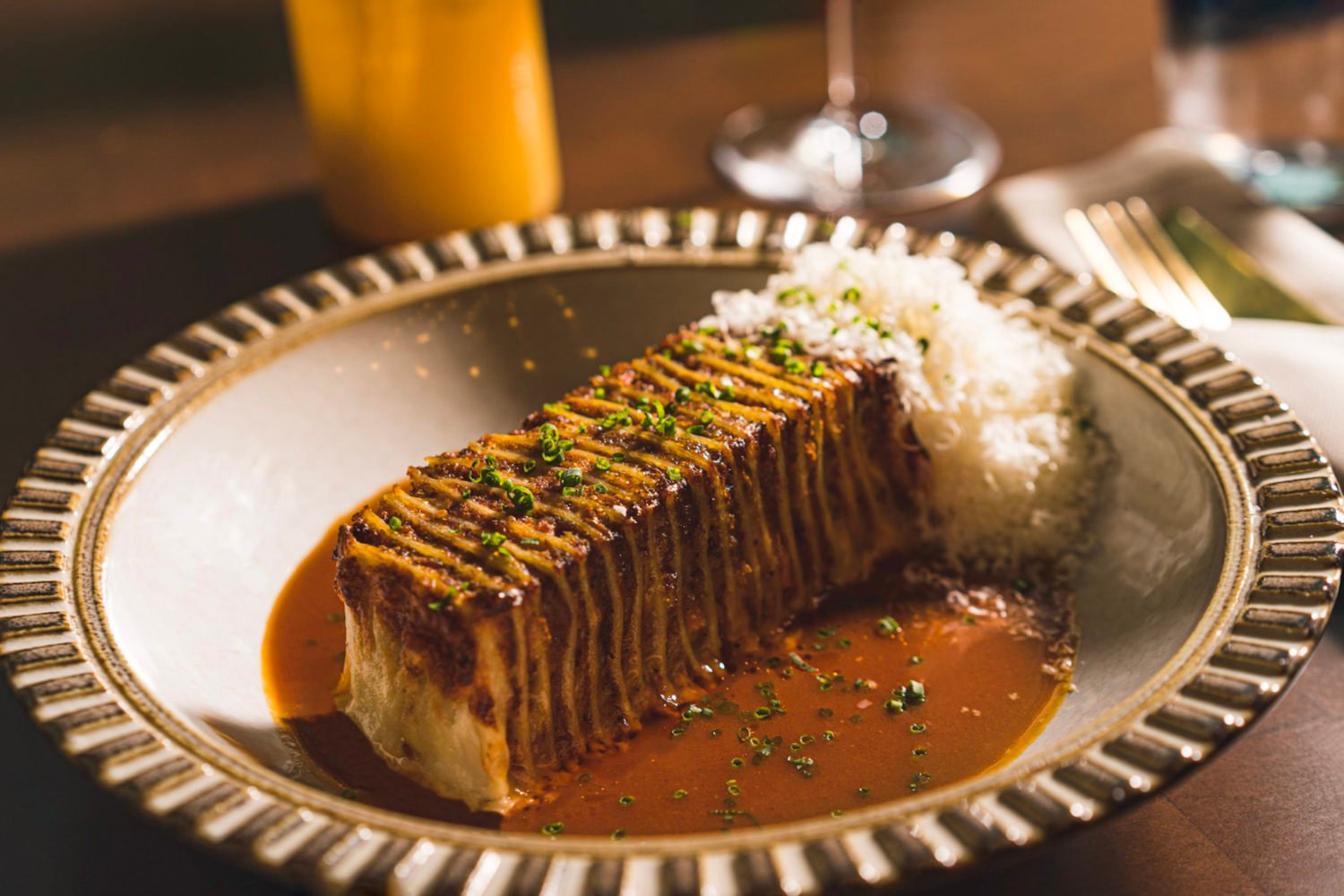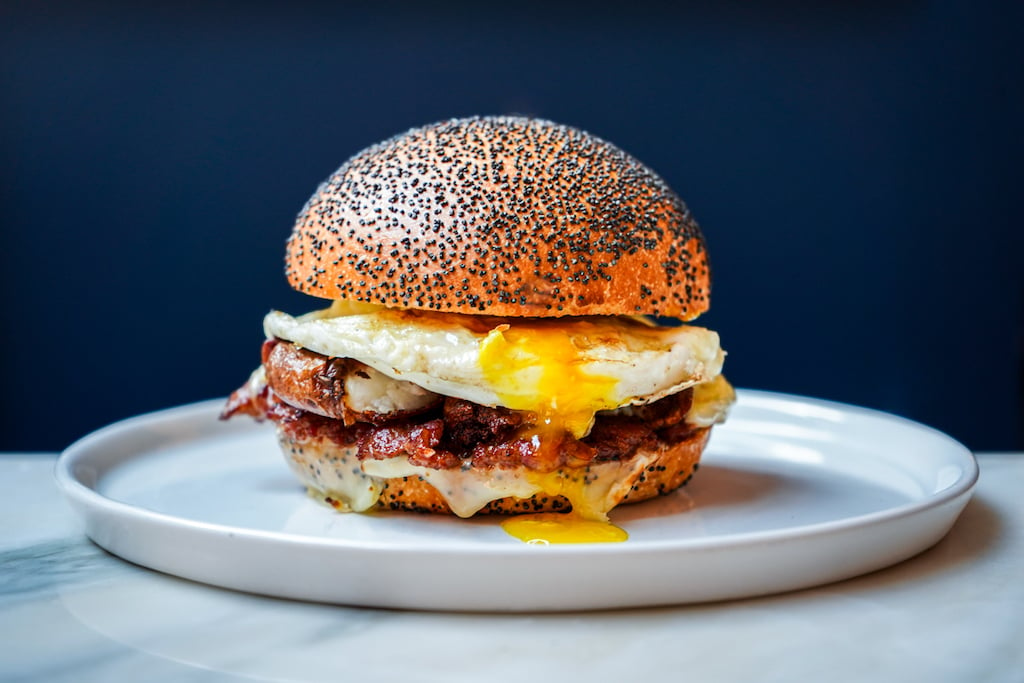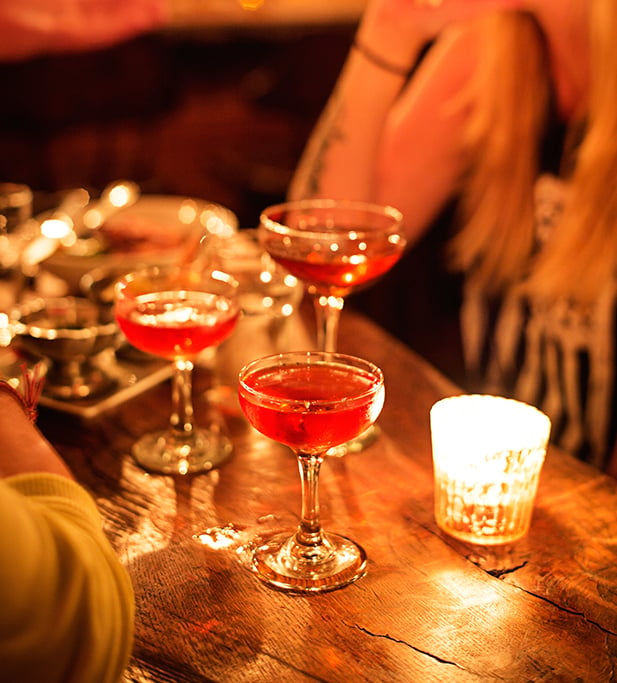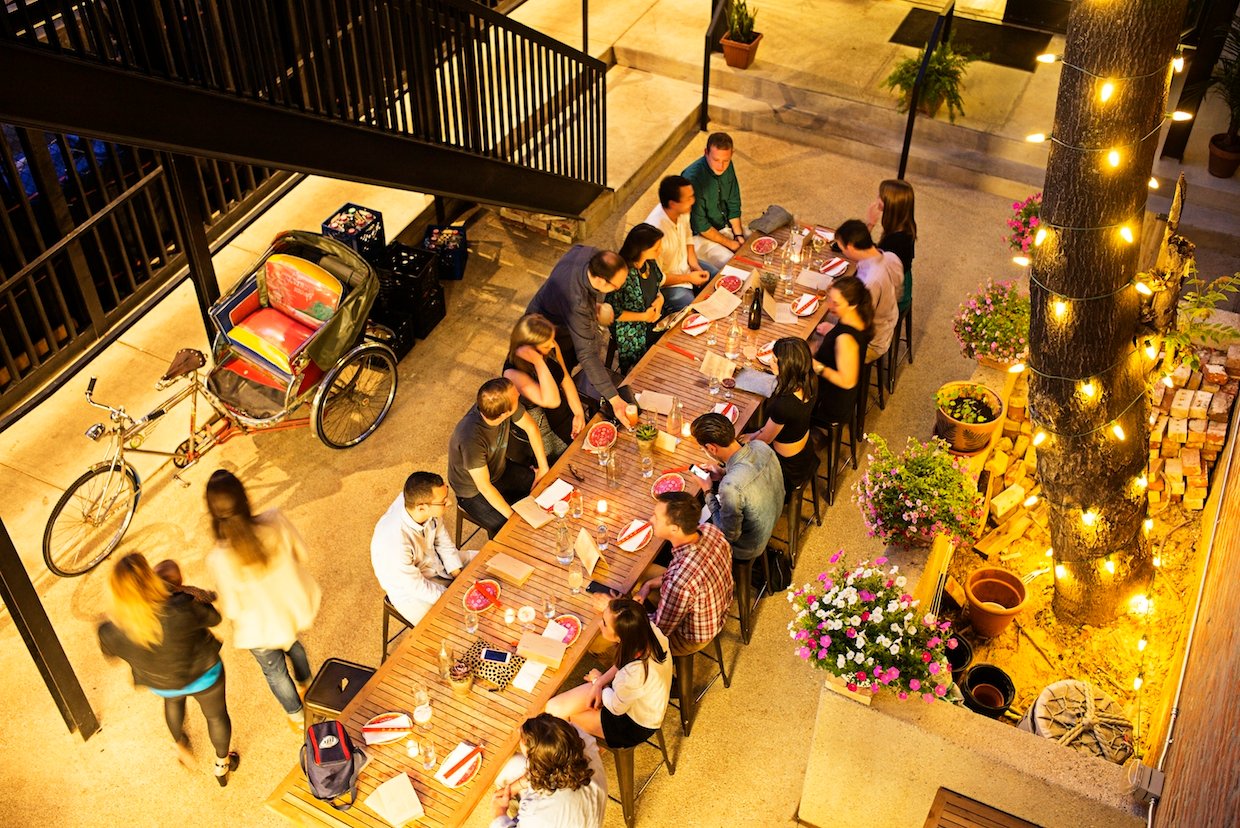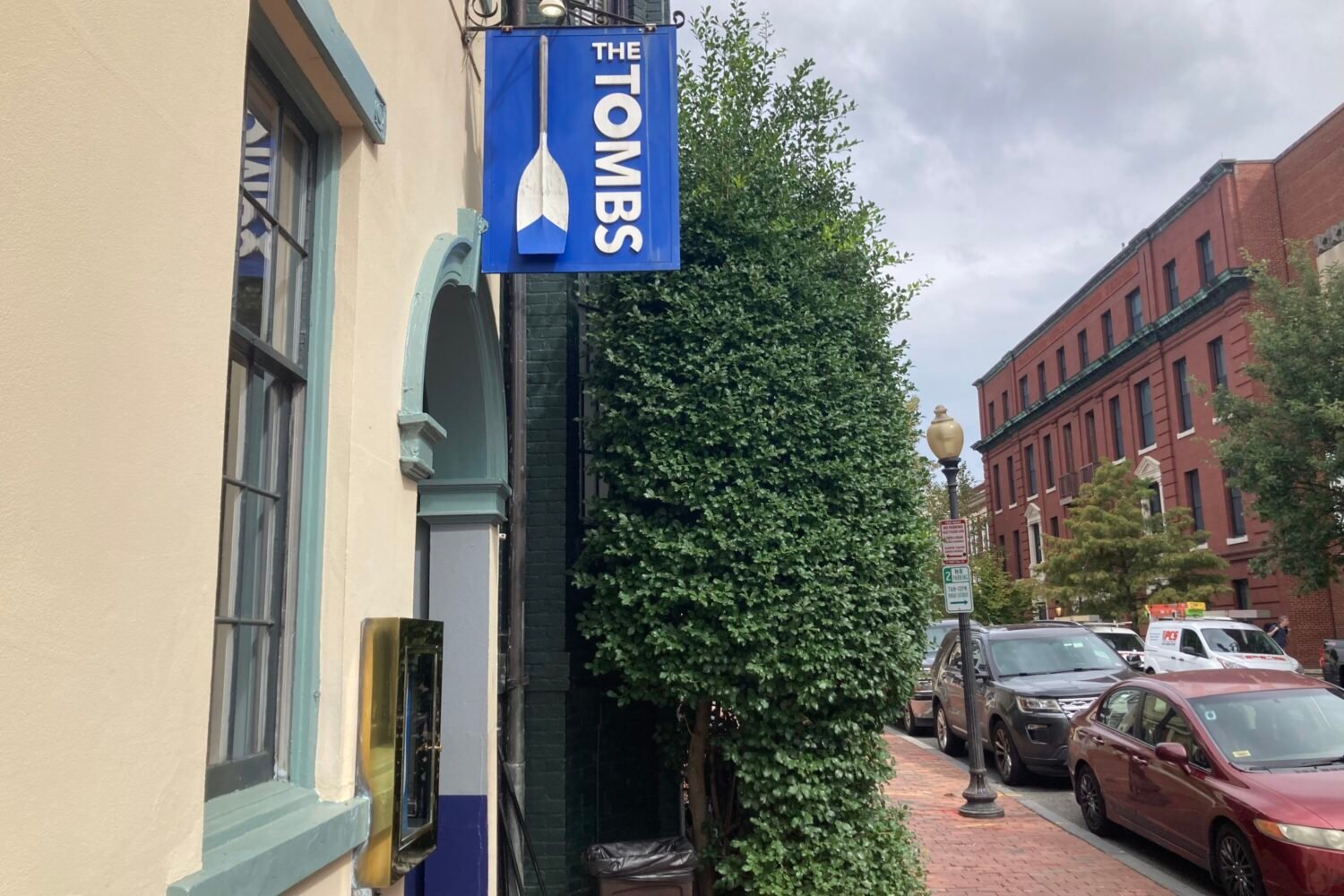When our annual 100 Very Best Restaurants list hit newsstands a few weeks ago, readers saw a surprising omission from the top ten rankings—the Inn at Little Washington. The opulent Virginia getaway slid from the No. 1 spot, which it had held for the past two years, to No. 22. The reasons? Well, we’ll let you read for yourself. Here’s the January issue’s review:
How in the world has our number-one-ranked restaurant for the past two years fallen so far so fast? We’ll get to that, but first we want to point out that one thing hasn’t changed, and that’s that there’s simply no experience like this in the region. No staff is more prepared to please you (if you show up with the sniffles, they’ll bring over a pot of ginger-honey tea in no time). Chef/owner Patrick O’Connell has long understood the importance of the little things, which is why he employs two full-time florists (yes, really) and insists that the ornate rooms be dusted twice a day.
So what’s not to like? Start with the recent shift to a tasting-menu format, which strips away a lot of what made the restaurant so memorable: its too-muchness. If any dish captured the over-the-top indulgence of dining here, it was a thick, peppered steak of tuna (flown in that morning from Hawaii) capped with an outsize lobe of foie gras. In its shrunken state, it loses its grandiosity and excitement. A new vegetarian menu is great in theory; in practice, it looks stinting, particularly when you compare the constituent parts—half a beet, a slice of cauliflower—with the luxury ingredients on the other menus. The new format is largely to blame, but not only to blame; recent meals exposed flaws that seemed out of character: an oversalted foie gras torchon, a gritty scallop.
On January 1, the Rappahannock News published an article about the Inn’s placement on the list, and O’Connell released the following statement:
“All of us at The Inn at Little Washington have much to be grateful for as we enter the new year. The Inn remains the longest-tenured Forbes Five Star and AAA Five Diamond restaurant in America. We possess the highest Zagat rating (29, 29, 29) in the world. Once again, The Inn has received The Washington Post’s highest 4-star rating from restaurant reviewer Tom Sietsema. Most of us understand that, in today’s world, as print media struggles for survival, creating controversy sells magazines whether it’s ethical or not.”
We asked restaurant critic Todd Kliman to elaborate on the ranking and the meals the Washingtonian food team had at the Inn this year:
Unethical?
I really don’t understand what chef O’Connell is trying to say there.
The word I would use is: honest.
Confronted with a restaurant we saw as underperforming, we could easily have said, Well, you know, the Inn has been such a great restaurant for such a long time that—shhh—we’re just going to look the other way this year, okay? Just going to gloss over flaws in the cooking. Just going to pretend as if the switch to a new, streamlined, less luxuriously presented meal is a thing of small note.
We could easily have given the place a pass.
But that wouldn’t have been the truth.
And it would invalidate the Inn’s greatness all those years past.
It would also be doing a huge disservice to the readers of the magazine in print and online, chipping away at our credibility.
Finally, it would not be fair to the many great restaurants that we felt were performing, at the moment, at a higher level. At the moment is the key phrase there. The reason we spend all the vast amounts of money we do, and make all the many and repeated visits to restaurants we do (we began, last February, with more than 300 contenders) is to deliver a picture, each January, of the restaurant scene as it is right now. Not six months previous; not as we think it will be nine months hence. Now.
And in our considered estimation, the Inn is not the restaurant it was a year ago, when it claimed the top spot in our annual survey.
It happens. Eight years ago, the Inn came in at No. 11 in our survey.
It’s also worth pointing out that no restaurant, not even the great ones, are perfect all the time. The Source, Blue Duck Tavern, Vidalia—three of the most well-known restaurants in the area—didn’t make the cut this year, after years of making the list. Restaurants are not fixed entities; they’re constantly changing, constantly in flux. A chef leaves, and a great restaurant can become a mediocre restaurant overnight. But even the loss of a GM or a server can alter the mix. Even a server having a bad day, sending ripples through the operation, can affect the mood on the floor. The good ones manage to find ways to absorb the blows and remake themselves.
Chef O’Connell sounds stunned by the ranking. Well, we were stunned by our meals.
But before I delve into the details, I want to take a moment to talk about our method in putting together this list—to peel back the curtain, so to speak, and explain how we arrived at the decision to rank the Inn where we did.
It was not a decision we made lightly, believe me.
My colleague, Ann Limpert, and I made two visits to the restaurant within weeks of each other this past Fall. It’s often the case that Ann and I and the rest of the food team perform cross-checks of well-known restaurants, but it’s not usually the case that a second visit follows so closely on the heels of the first. In this case, however, we wanted to be absolutely sure of our first impressions.
The review mentions the sense of over-the-topness—or “too-muchness” that has long defined the Inn—as missing in the shift away from the old menu format to the new. It also mentions the unexpected cooking flaws that we noted at both meals. What it doesn’t mention is the disappointment we both felt at the conclusion of our meals. Both of us were perplexed; it hardly seemed the restaurant we knew. The highlight of my meal arrived early—the Inn’s signature poppyseed rolls, marvelous as ever. Nothing else, that night, reached that level. A number of dishes were pretty to look at—composed, as is always the case at the Inn, with obvious care—but the flavors were thinly developed, or the arrangements didn’t quite come together, and sometimes both. If I weren’t a critic, and this had been my first time at the Inn, I would have made a vow never to return.
At my colleague’s dinner, one of the tasting menus was the vegetarian menu. The two other tasting menus, intended for omnivores, include such delicacies as foie gras, sweetbreads, and lobster. The vegetarian menu this night added up to—I’m quoting from the report she filed the next day—“a few Brussels sprouts and slices of beet, a sad cauliflower steak, a turnip cake, and cheese canneloni.” The cost: $188. For a $55 upcharge, she could have had truffle risotto.
I brought up perfection a few paragraphs above. The Inn aspires to that ideal as few restaurants do, but perfect restaurant meals are extremely rare (I don’t think I’ve ever had one, in a lifetime spent traveling the globe and eating.) Even when we made the decision to rank the Inn at No. 1, it was not with the conviction that the Inn is a perfect restaurant. Even at its best, the cooking at the Inn had a stuck-in-time quality, with a style of plating that sometimes puts you in mind of the late ‘90s and a tendency to lean on luxury ingredients to make up for a lack of conceptual imagination or daring.
When the Inn changed to a new menu format in late summer, I was intrigued. I thought it sounded like a smart move, and hoped that it signaled an operation that was willing to risk a little and extend itself—to participate in the exciting conversation taking place among the country’s chefs. Instead, the impression was of a restaurant consolidating, streamlining, cutting back. It felt stinting. And if there’s one thing the Inn has never been, it’s stinting.
I sincerely hope the Inn comes back to snatch the top ranking next year, and just want to point out to chef O’Connell that no restaurant is a lock to make the list—every place has to earn its way back on each year; no ranking is etched. That goes for No. 1 as well as for no. 100. We start anew, beginning next month.
We reserve the very top spots for the places that make us long to return. So be bold, be delicious, be memorable, and take care of us as if we were your oldest and dearest friends.
To a great new year …

